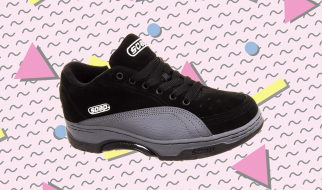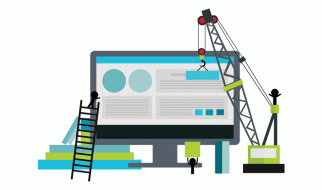Inspired by a career day with KIPP Philadelphia 10th graders, Mounir Tawadrous from KSS Architects shares some key advice to high school students who are considering the study of architecture. A day packed with questions, answers, and pre-career mentoring yielded a few major points.
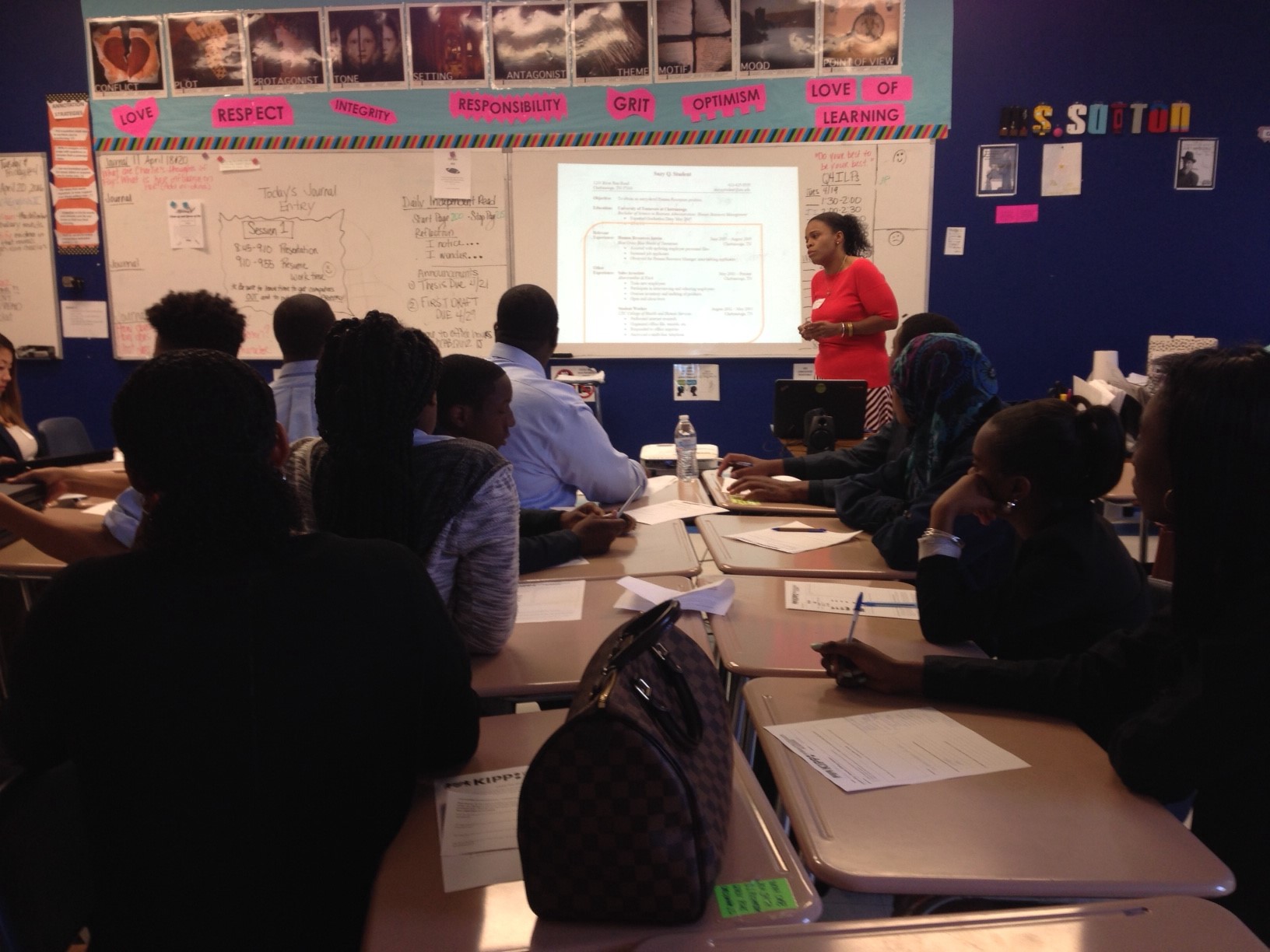 KIPP Career Day 2016
KIPP Career Day 2016
How do you know if architecture is a good fit for you? Check out our quick-start guide below, guided by Mounir (MT). Be prepared to ask self-reflective questions and come up with sincere answers!
What internal drivers and core interests would keep an individual passionate, motivated in an architecture career?
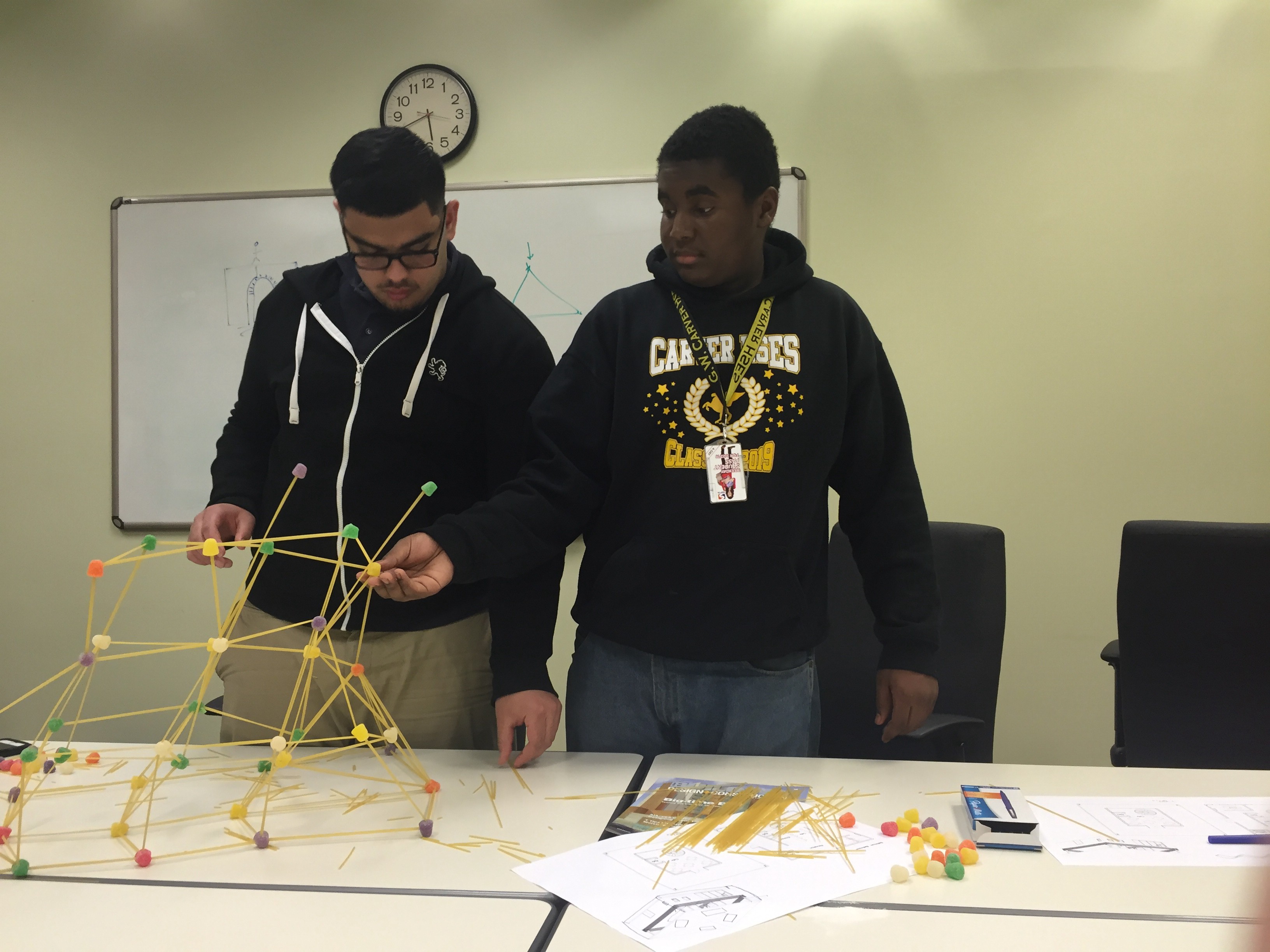 ACE Mentor Students learn about the importance of structure.
ACE Mentor Students learn about the importance of structure. High school classmates try their hand at building towers with sticks and marshmallows.
High school classmates try their hand at building towers with sticks and marshmallows.
MT: Are you interested in putting things together? Do you often play with different ways of organizing things across various scales? Do you like ?making?? Personally, 12 years of playing with LEGO sparked my love of architecture. To this day, I haven?t stopped loving LEGOs.
A mix of conceptual creativity and pleasure in creating real structures in a context is critical to enjoying the processes and products of the field. Architecture is great for individuals who enjoy solving a diverse array of issues, using creative and systematic problem-solving to come to aesthetic and functional answers. Makers of the future, infused with a purpose to improve the lives of others and their community, will excel. Ask yourself, do you enjoy solving challenges that impact the world around you for the better?
2. ?What can you do with a degree in architecture??
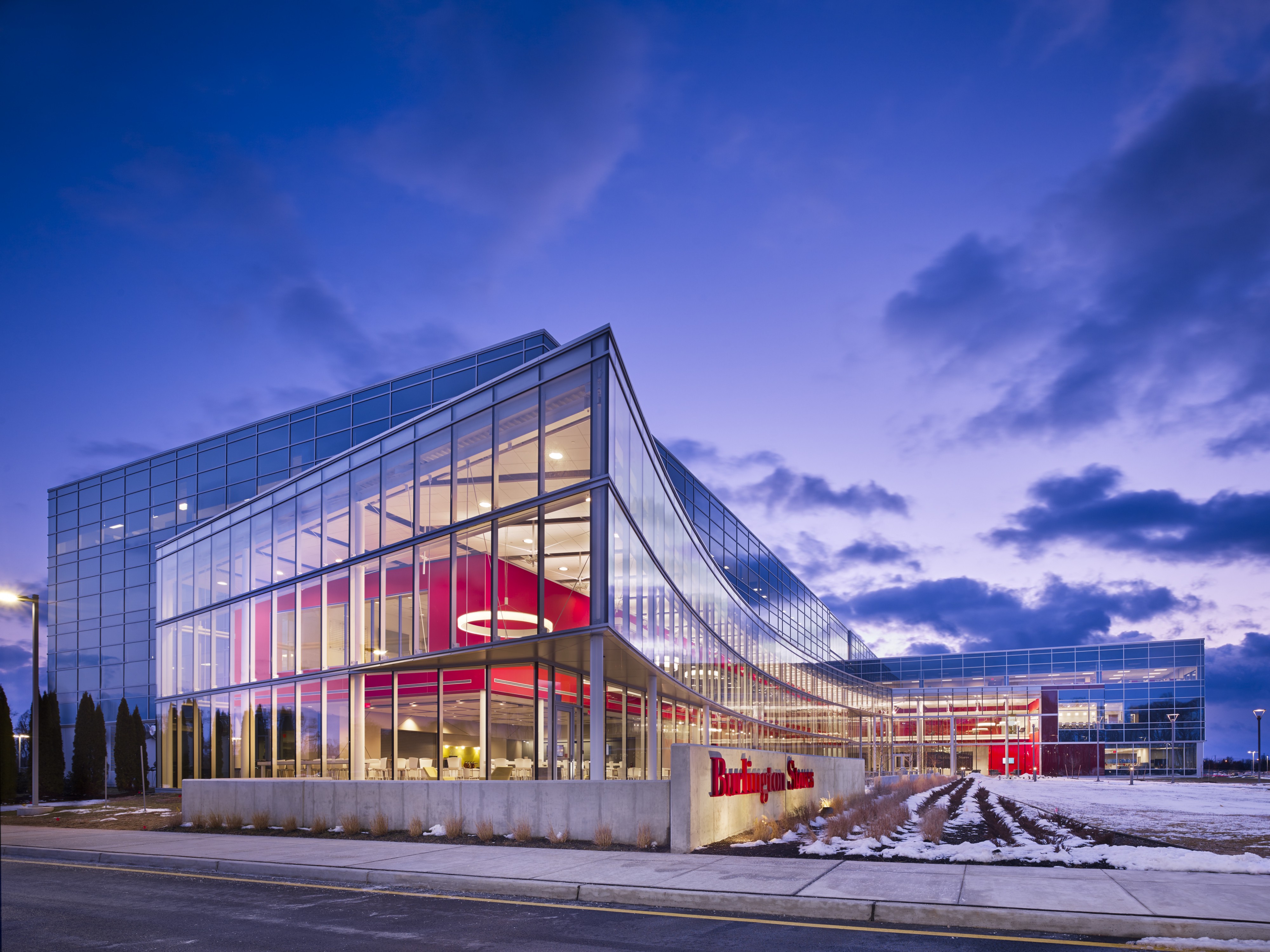 Corporate office design: Burlington Headquarters.
Corporate office design: Burlington Headquarters.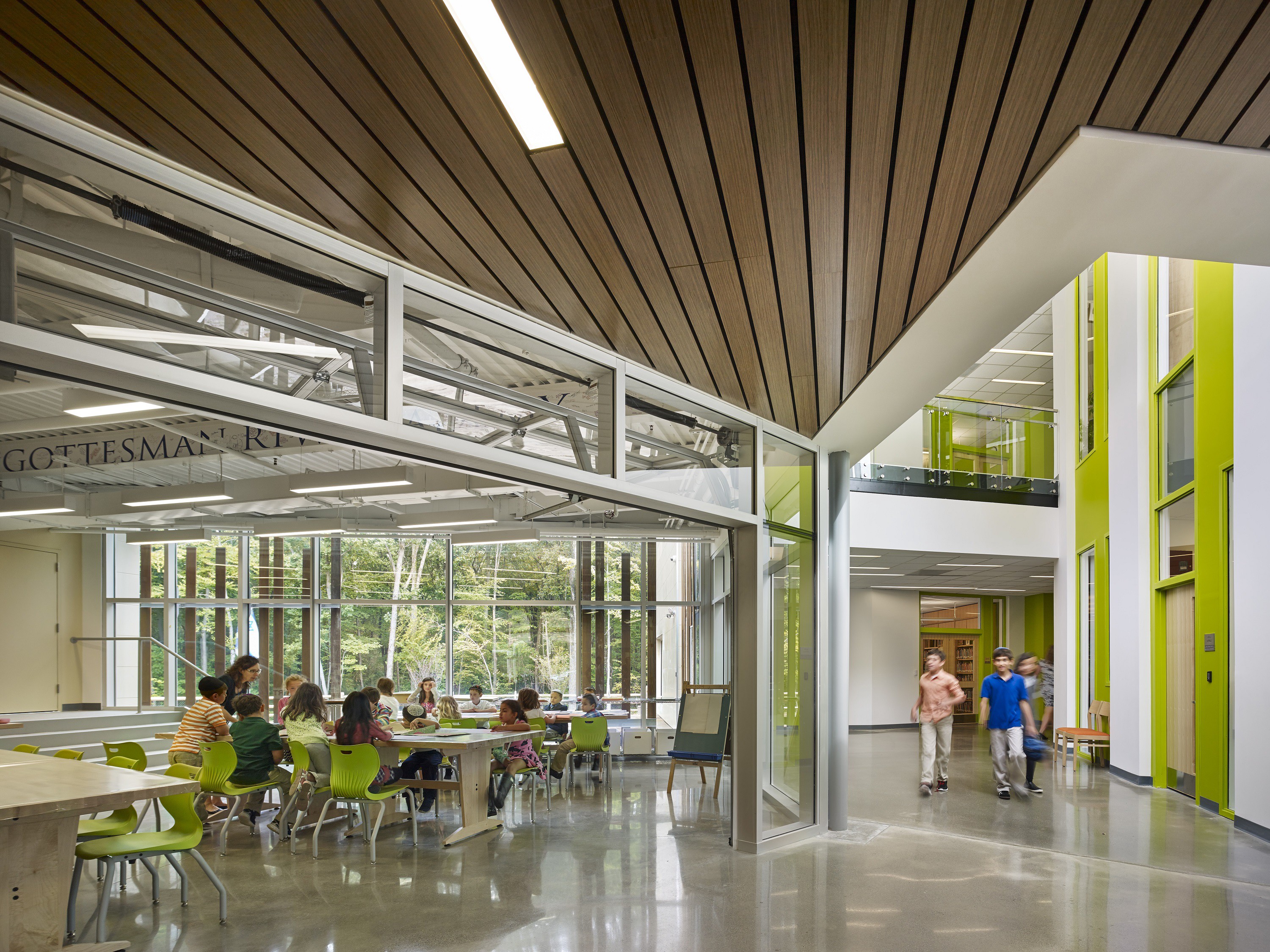 School design: Gottesman RTW Academy.
School design: Gottesman RTW Academy.
MT: Learning architecture is a gateway to several options of work, from the traditional sense of practicing ? design a house, facelift a school, craft an office ? to some newer applications like designing video game or cinematic/TV environments, which are often created by building designers.
Additional relevant career pathways include jobs in urban planning, graphic design, freelance design, construction, and real estate. About 60% of architecture students nowadays obtain a professional license to practice architecture ? the rest develop careers in other industries. Beyond practical applications, exposure to and developing an understanding of how buildings ? the environments that envelop entire lives ? is personally enriching.
3. ?What kind of work is architecture??
 Hallway pin-up session at KSS to review a higher education conceptual design.
Hallway pin-up session at KSS to review a higher education conceptual design.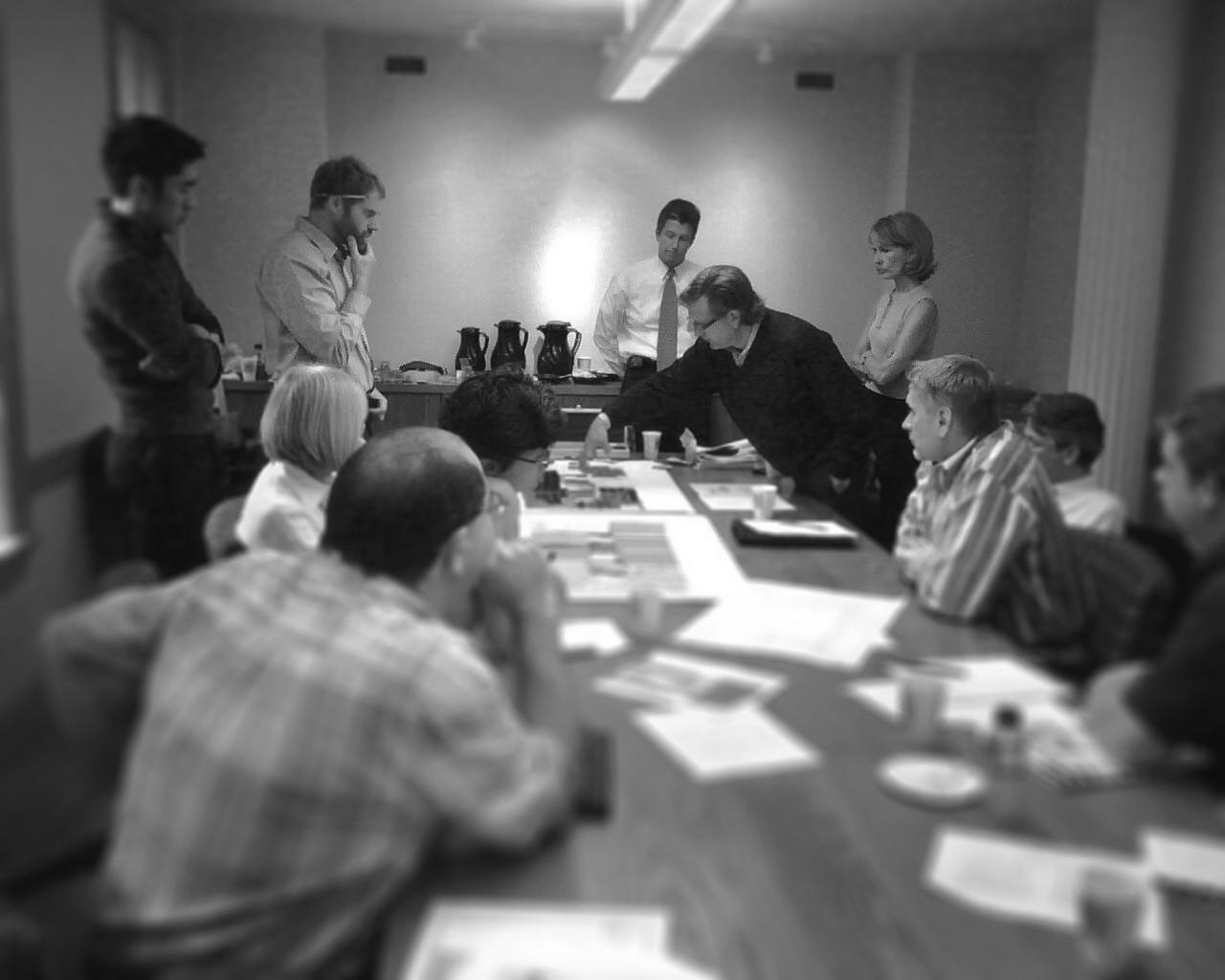 A great building rests on communication between designers, clients, stakeholders, users, consultants, and more.
A great building rests on communication between designers, clients, stakeholders, users, consultants, and more.
MT: Architecture is often team work. Architects depend on each other in a team and certainly on their consultants in other fields. Working as an architect is not usually a solo sport.
For typical practitioners and designers at a medium-to-large firm, functioning in a highly collaborative and iterative team is a given, critical to success. Each project naturally requires learning, mentoring, and critiquing ? and is enhanced by input from a diversity of expertise and perspectives.
The project life cycle, from visioning with clients (those who hire/own/pay for the project) and stakeholders, to developing designs with a full-service team (engineers, specialty consultants), to finishing with contractors and construction firms, requires deft cooperation and effective strategies of communication.
4. ?What kind of technical skills do architects need to have??
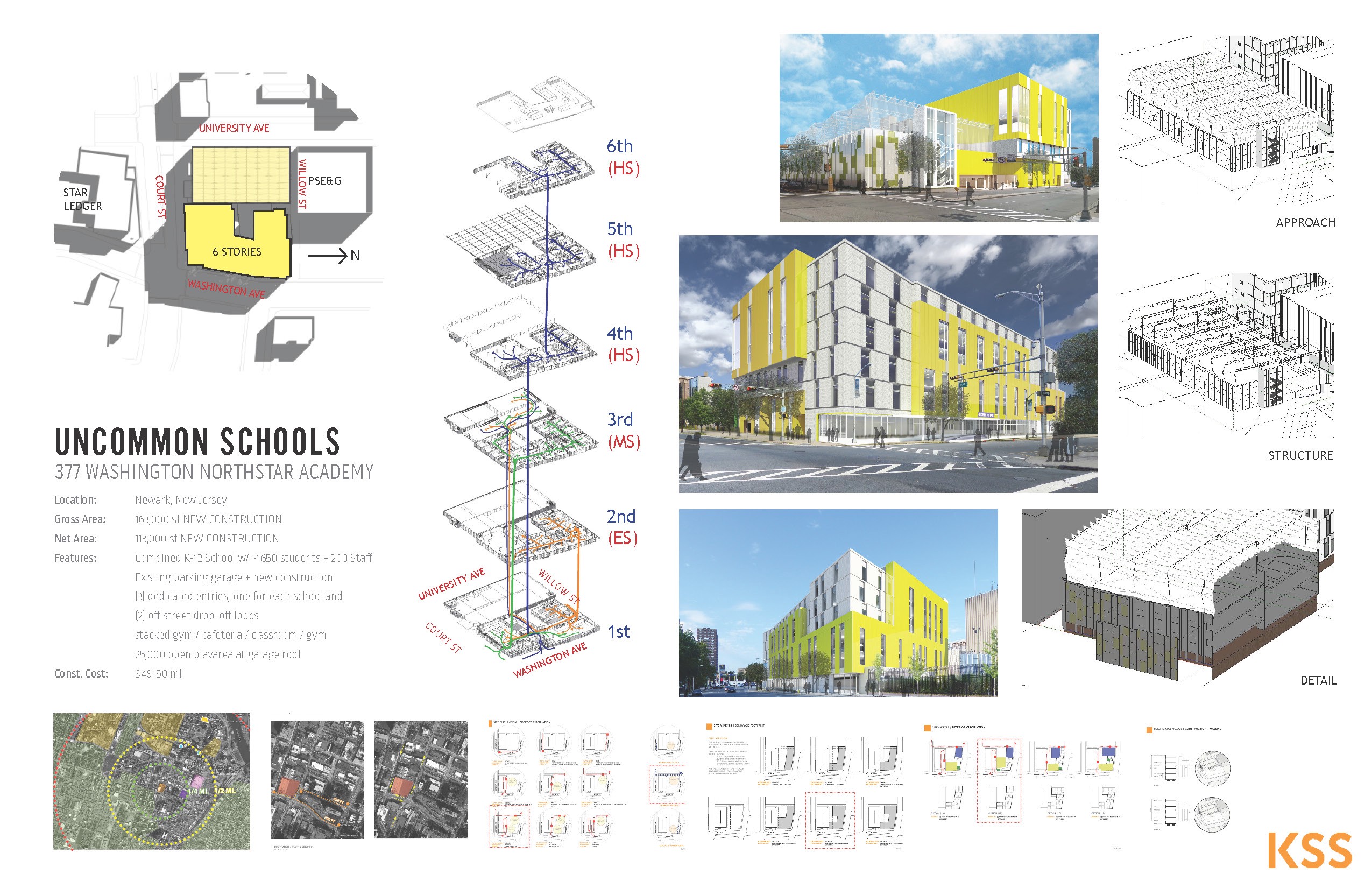 An overview of programs to create technical models, plans, and renderings that architects are fluent in ? a constantly changing landscape.
An overview of programs to create technical models, plans, and renderings that architects are fluent in ? a constantly changing landscape. Sefaira is a sample of newer software that tracks and analyzes early designs ? measuring key metrics for high performance buildings like daylighting and energy efficiency.
Sefaira is a sample of newer software that tracks and analyzes early designs ? measuring key metrics for high performance buildings like daylighting and energy efficiency.
MT: Modern architecture work and practice integrates computer modeling early on, with most of the team involved. To start developing basic competencies early, it?s a good idea to begin practicing use of simple software like Trimble sketchup. Obtaining and growing additional skills is also helpful to show on resumes, regardless of the exact discipline you end up choosing. In addition to the intuitive creative process, best results occur when architects are able to create within the context of evidence-based and data-driven design ? using programs such as Sefaira to analyze how designs meet or can be improved to meet key performance metrics. Competency in understanding how to work and apply data-driven tools also improves communication of key actions and enhances informed decision-making with clients.
3D printing, sustainable modeling programs, and virtual reality are not yet fully implemented by firms nationwide yet ? but will dramatically transform the industry in the next decade. (Interested? Read this Architect Magazine review of what technology is changing architecture this year.) Keeping up on the latest technological influences in architecture includes following not just what?s taking place, but what is to come. Architects stay up-to-date on building materials, software, management systems ? which means a love of learning and being at the forefront of technology.
5. ?What do you get from architecture??
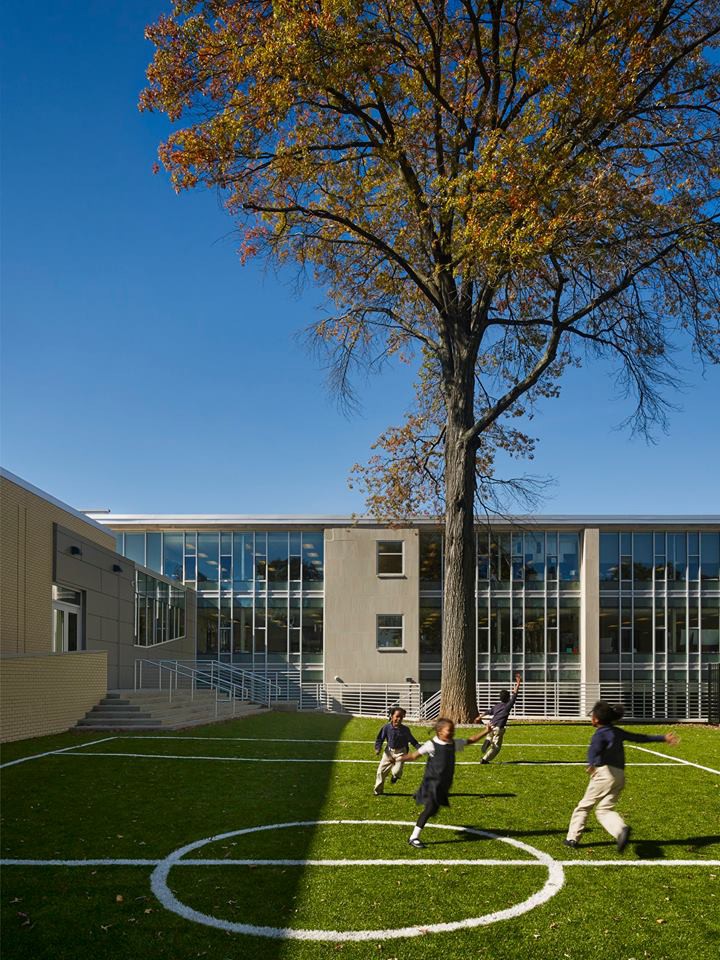 Students at Uncommon Schools enjoying their secure, intimate turf in Newark.
Students at Uncommon Schools enjoying their secure, intimate turf in Newark.
MT: Architecture is truly a career for those who are passionate about their work. Being an architect extends beyond salary; what is important is that what you?ve spent your time making ? a new community center, for example ?will continue for years to come, and make a positive impact on others? lives. If architecture hits on your personal interests and career curiosities, remember to take a long-term look at salaries; early-income, entry-level positions in architecture may skew college tuition as seeming too expensive.
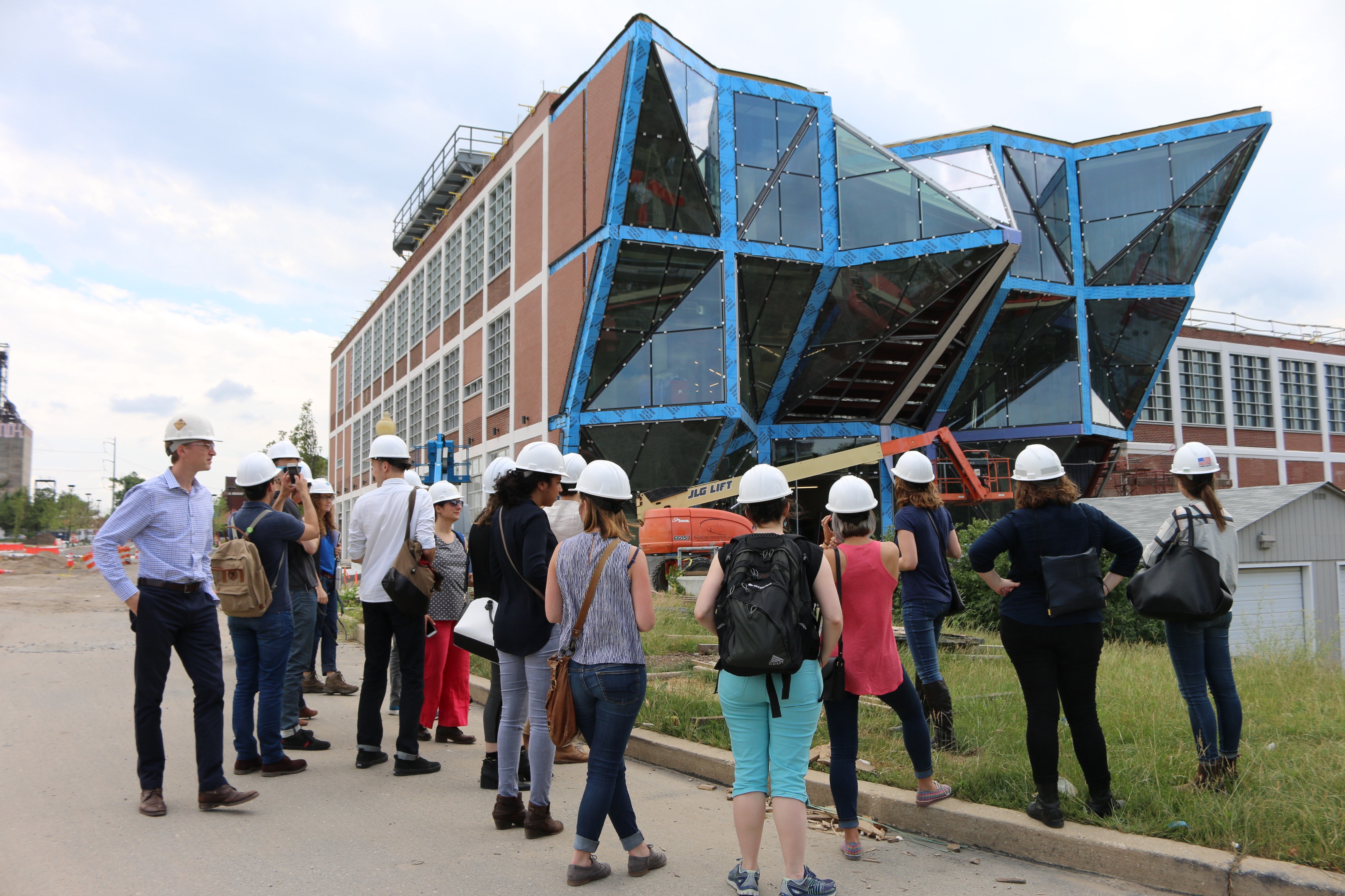 Cool moments: KSS staff on a tour of Pennovation, a cutting-edge entrepreneurial and innovation facility being completed this summer.
Cool moments: KSS staff on a tour of Pennovation, a cutting-edge entrepreneurial and innovation facility being completed this summer.
Ask yourself if you are pursuing an architecture degree based on personal passions. Succeeding in architecture doesn?t require amazing drawing skills or computer wizardry. However, architecture is a calling ? it is challenging and deeply fulfilling for those who imbed the purpose of architecture, of creating built environments and the experience of a building, into their very person. A successful architect is invigorated by the complex process of translating client, community, global needs ? a tangle of ideas, thoughts, goals, and vision ? into a physical form.
 Action-based steps illustrating how a tangle of needs, ideas, and thoughts turns into a creative design product.
Action-based steps illustrating how a tangle of needs, ideas, and thoughts turns into a creative design product.
Further reading
Do you want to be an architect? | Life of an Architect
What you need to know about architecture | Architizer
What architects want you to know about what they do | Houzz
Background
Since the firm?s founding in 1983, KSS employees have been committed to mentoring the next generation of learners in our local communities. Practicing professionals with a purpose, our employees selflessly dedicate personal time to inspire and inform students about the field of architecture and design. Leading career advice sessions with KIPP Philadelphia, a client with whom KSS maintains a cherished partnership, is but one of KSS?s avenues to creating community impact, supporting early professional growth and spreading the passion of architecture.
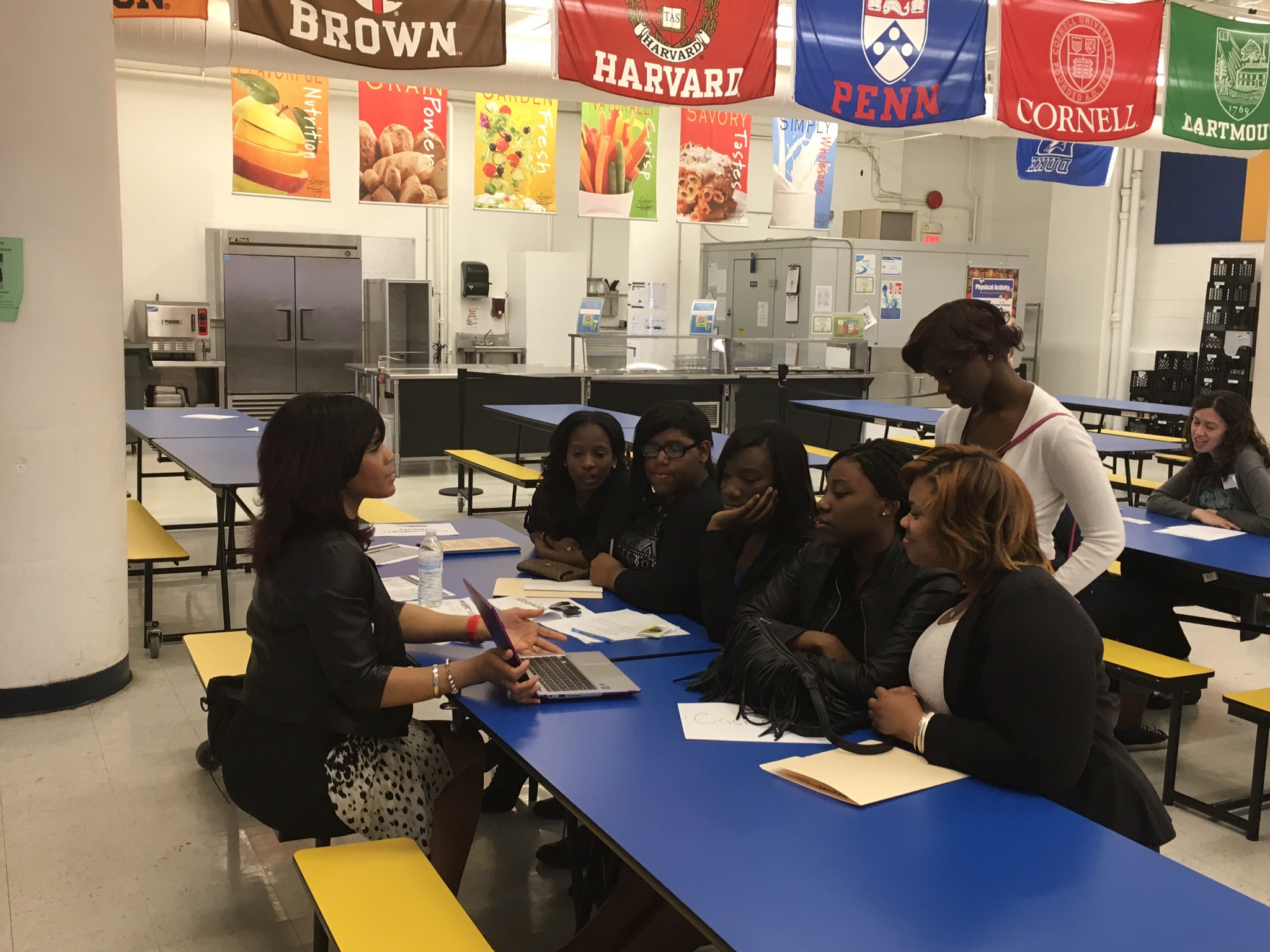 KIPP Philadelphia students ask professionals for career advice and how to prepare for college.
KIPP Philadelphia students ask professionals for career advice and how to prepare for college.

